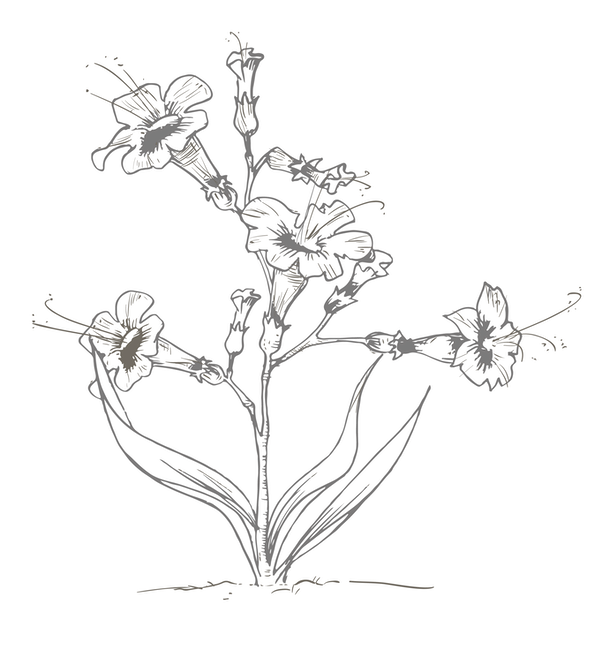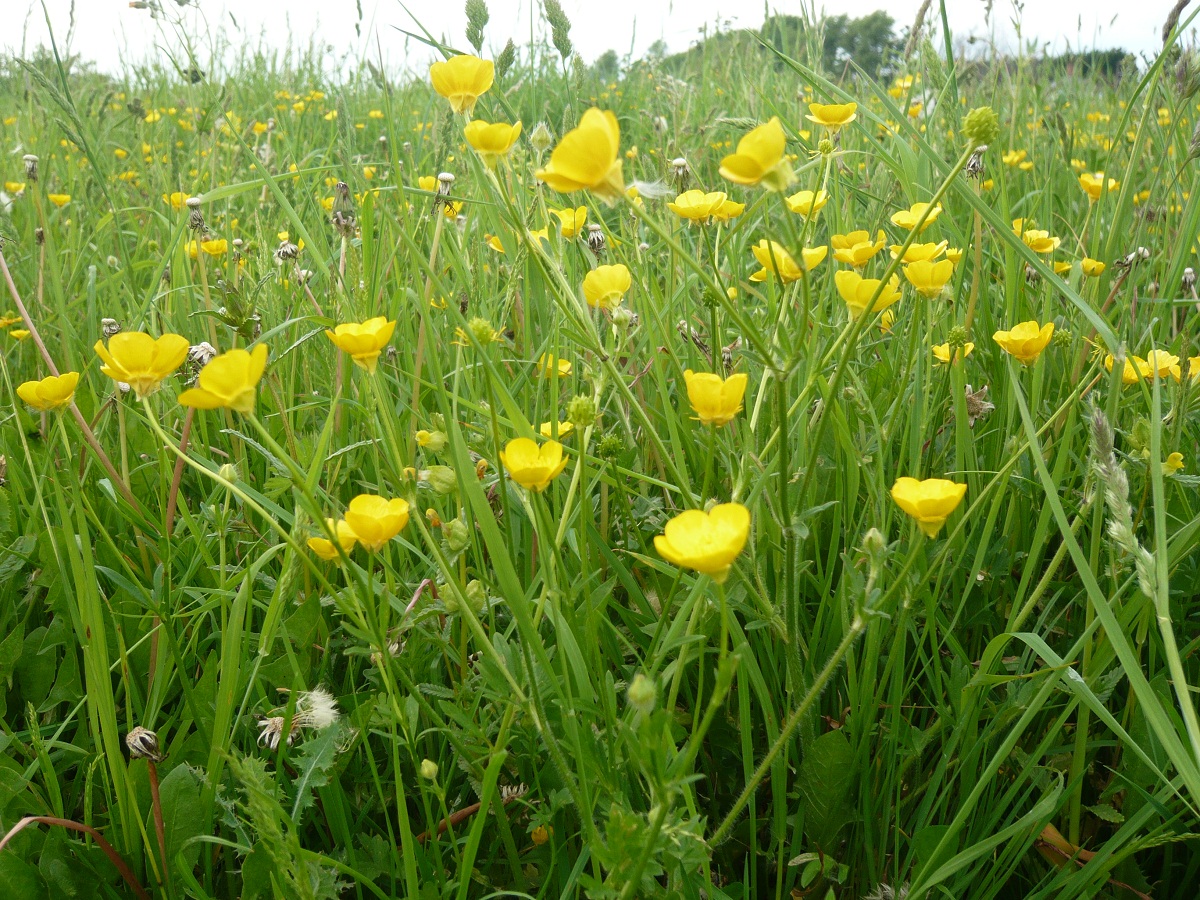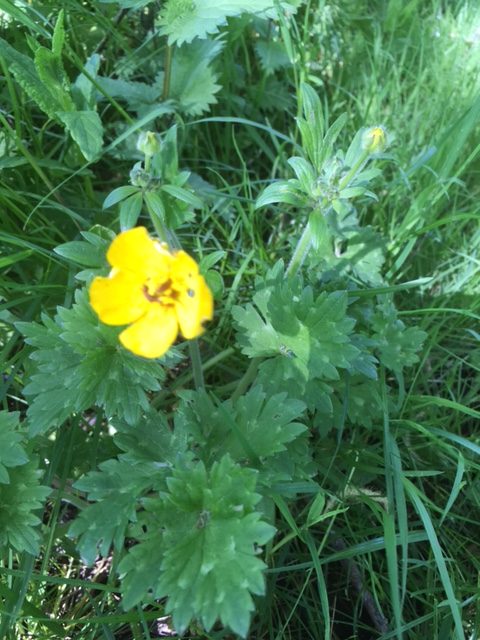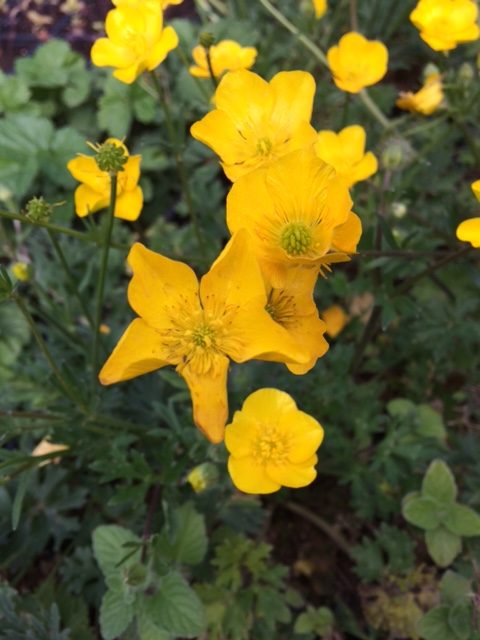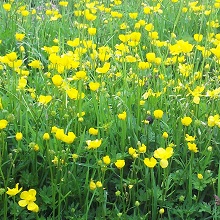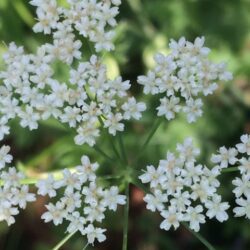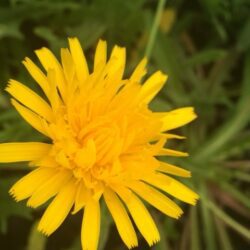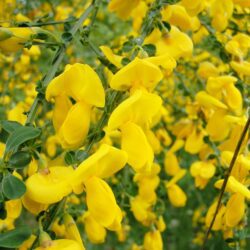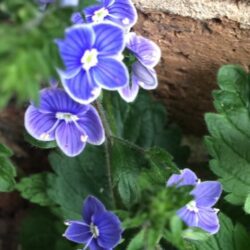Description
Commonly known as bulbous buttercup, St. Anthony’s turnip Goldcup” because of the colour and shape of the leaves, and “Frogs-foot” from their form, The bulbous buttercup gets its name from its distinctive perennating organ, a bulb-like swollen underground stem or corm, which is situated just below the soil surface. After the plant dies in heat of summer, the corm survives underground through the winter.

